
Please wait while we process your data

We have sent you a confirmation mail

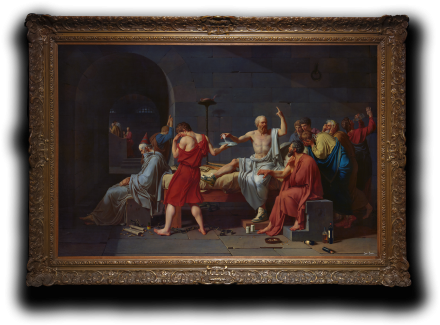
In David’s original, Socrates calmly accepts his death sentence by drinking hemlock. Finch transforms this solemn act into an irreverent celebration, declaring: let the party go on. Plato, traditionally barefoot, is here the only figure wearing Nike sneakers, boldly raising his middle finger toward the afterlife. Among the students, one wears DJ headphones, another drinks vodka, further collapsing antiquity into the visual language of modern nightlife. More than a mere satire, the work recalls Plato’s Phaedo, where Socrates confronts death while consoling his followers. For Finch, the scene becomes a metaphor for the death drive: Socrates does not simply die, he transforms his fate into continuation. Poppers scattered at Plato’s feet recall The Symposium, where eros is described as a ladder to divine beauty. Through this collision of classical philosophy, queer undertones, and party culture, The Afterlife Party refuses finality, asserting joy as resistance to authority and mortality.
Loading your experience




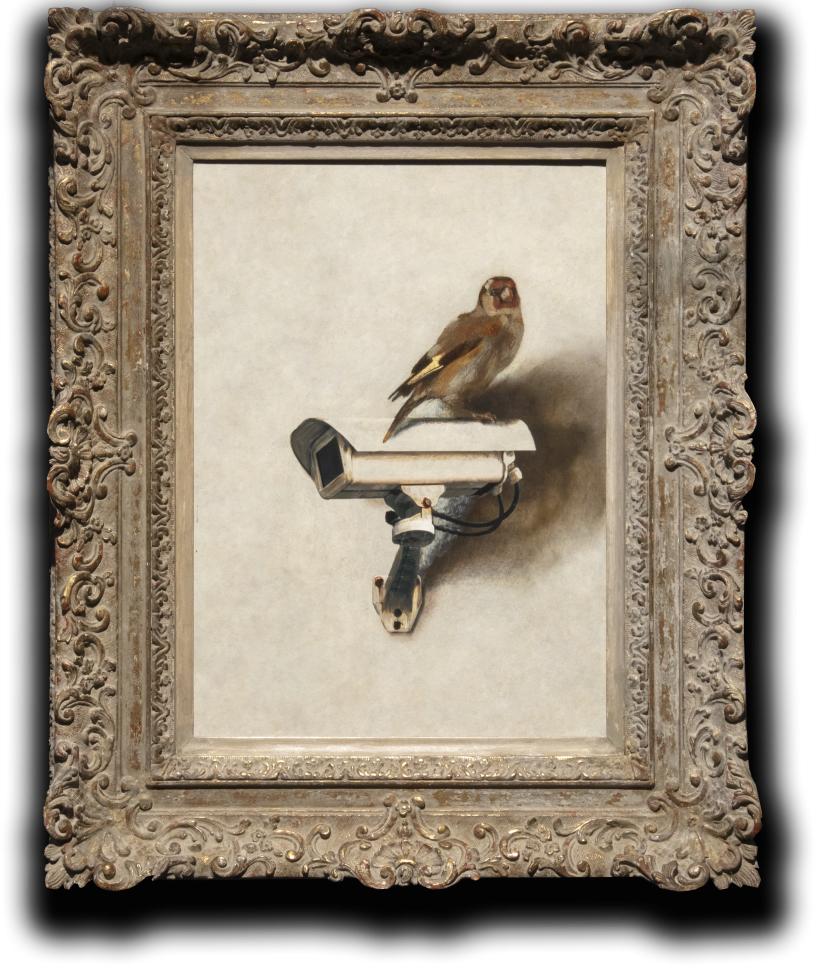



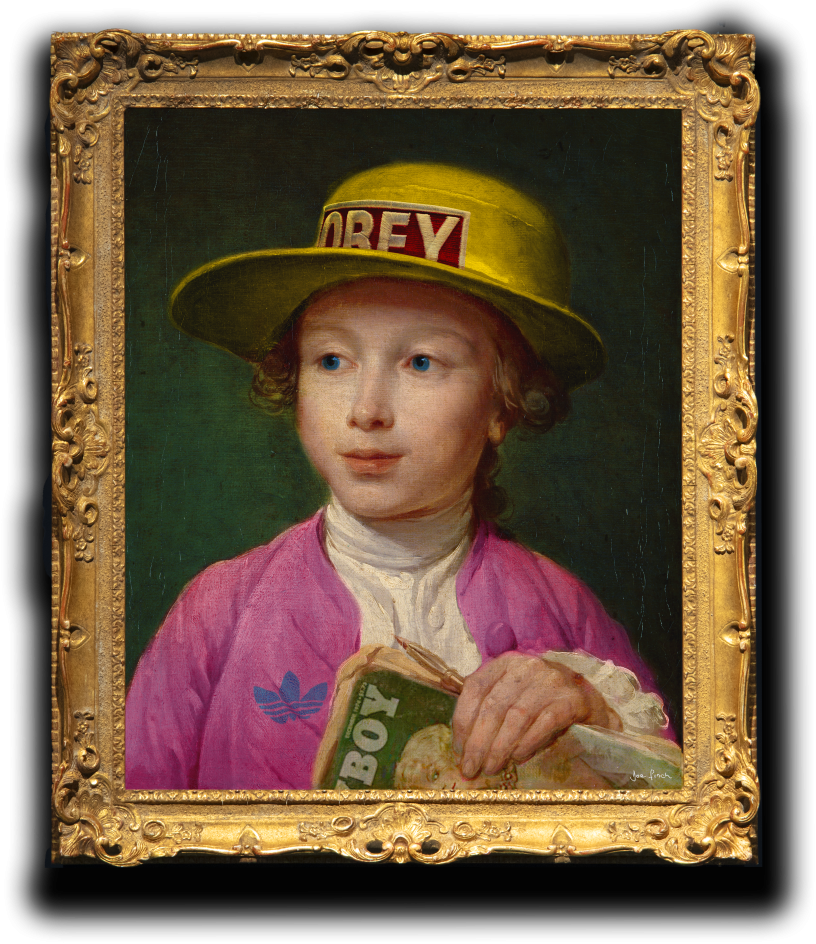
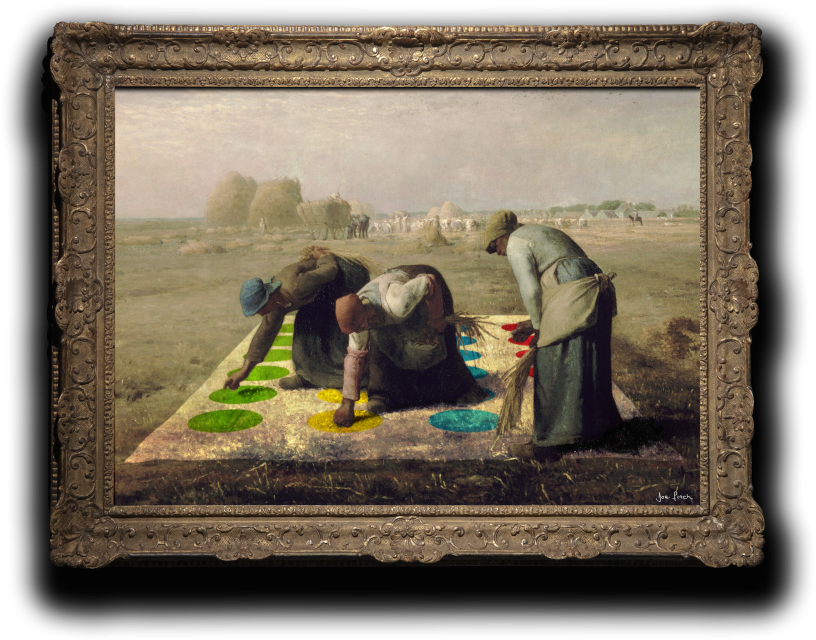

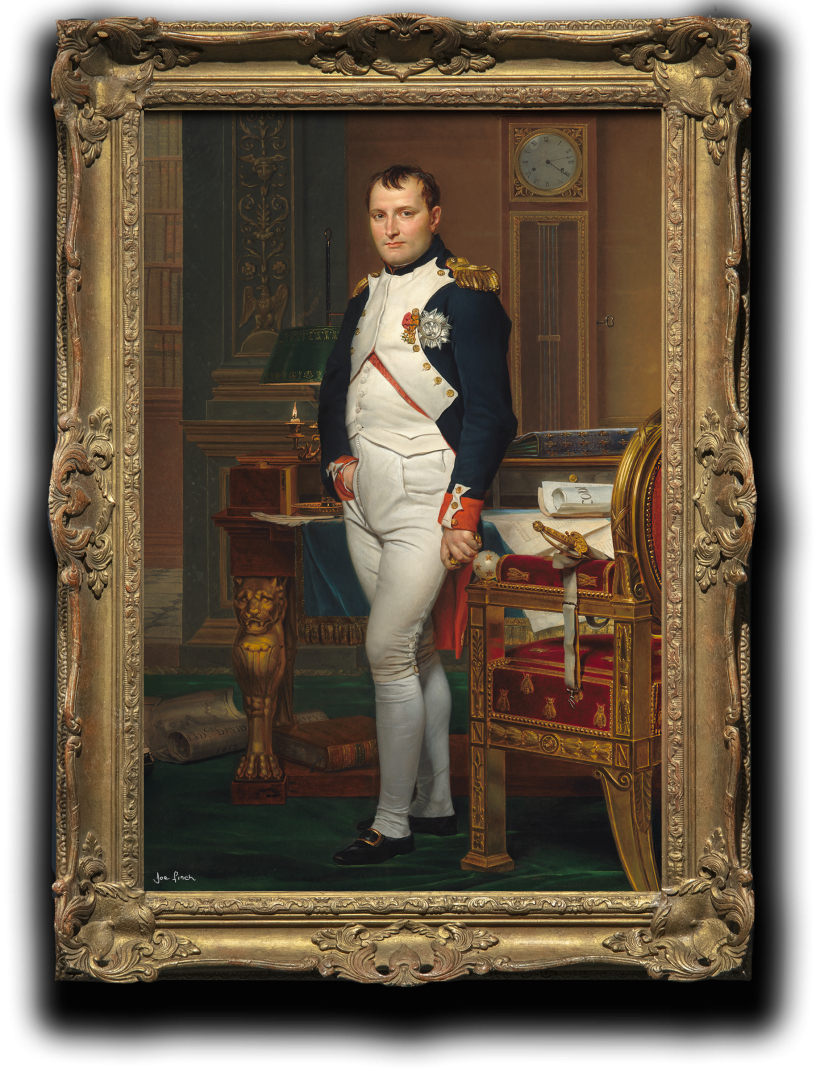
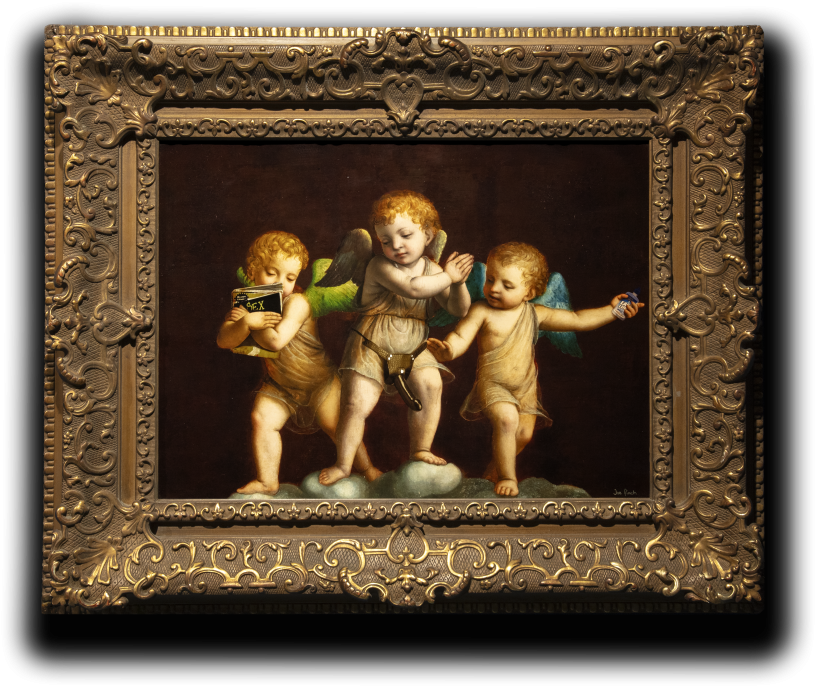
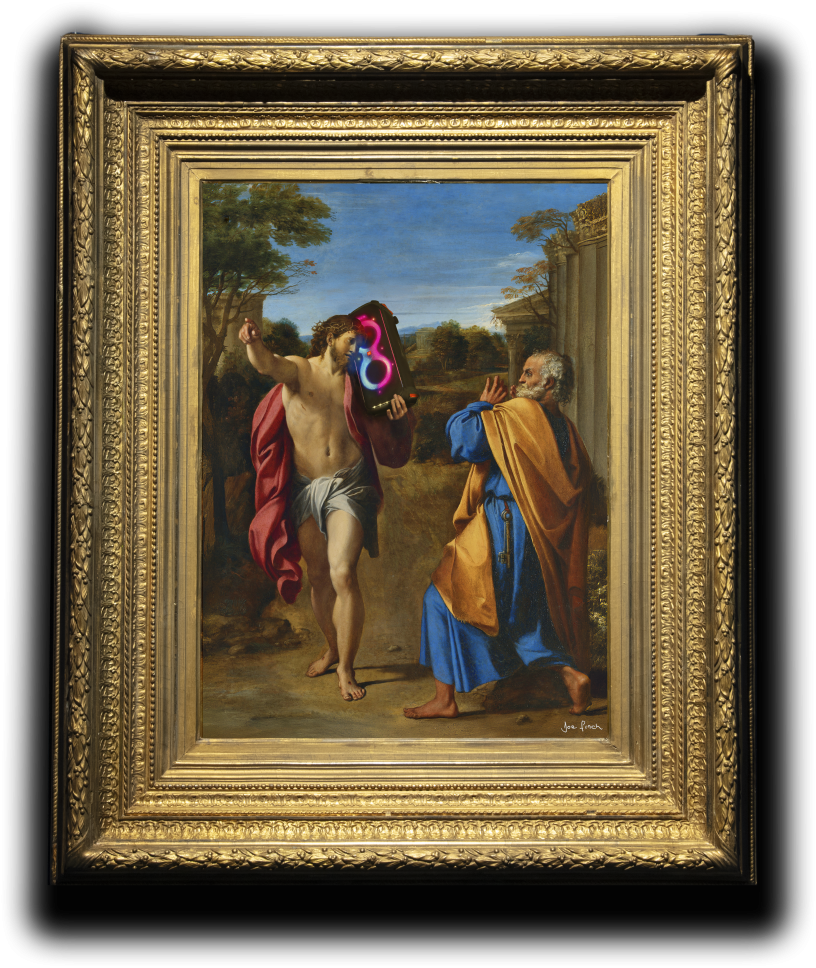
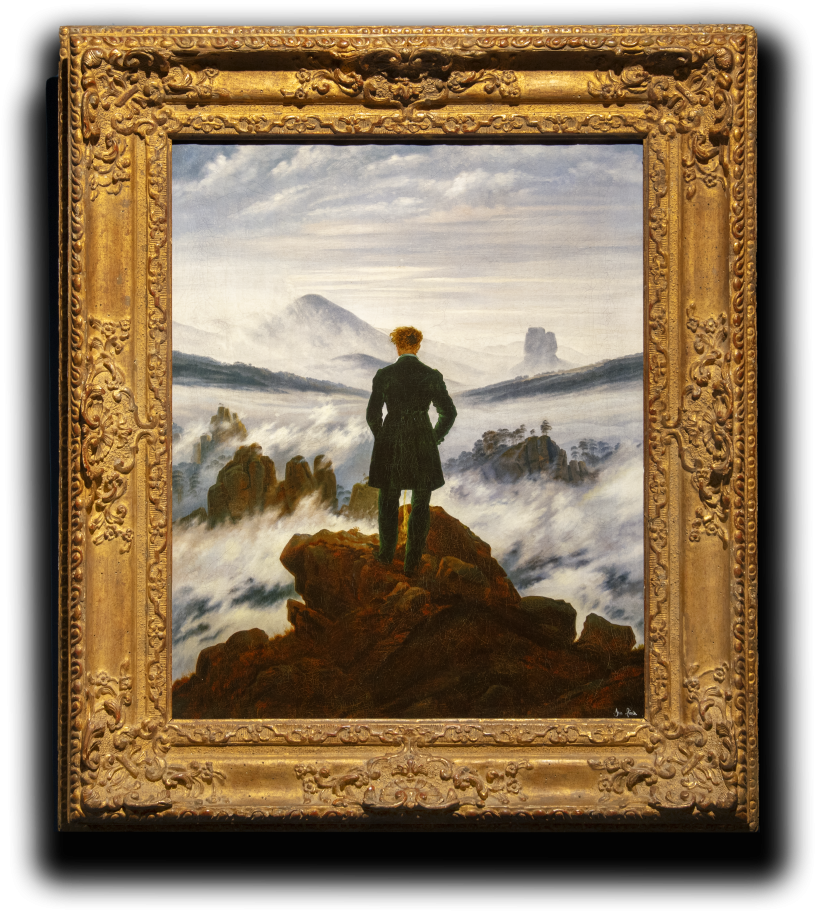



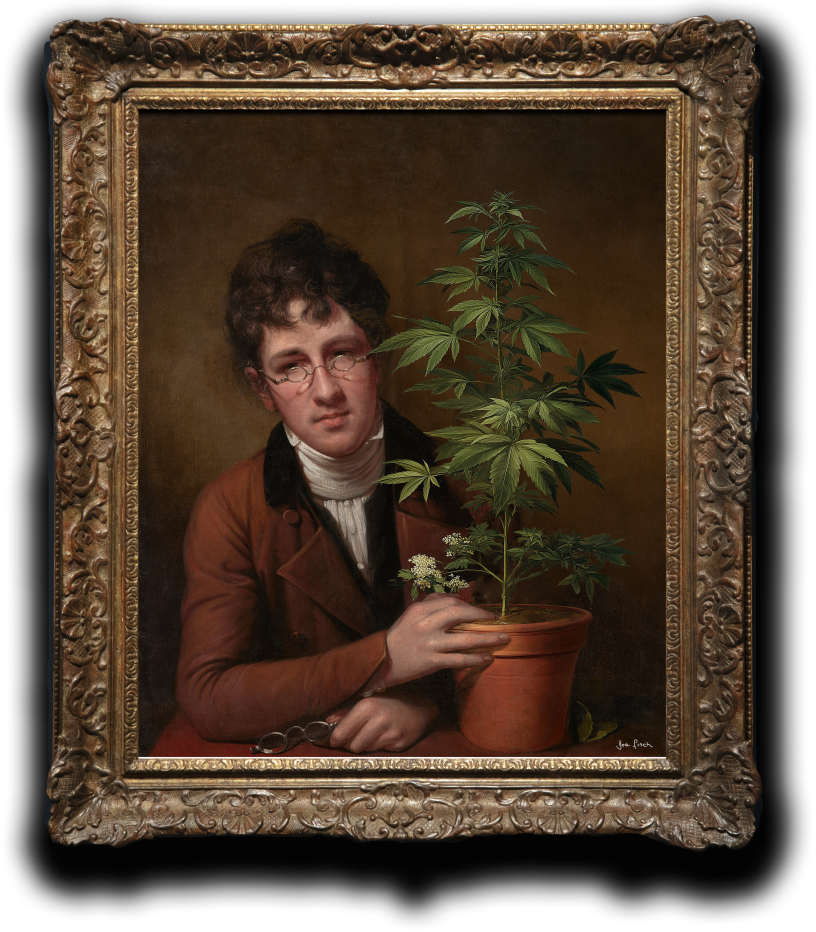

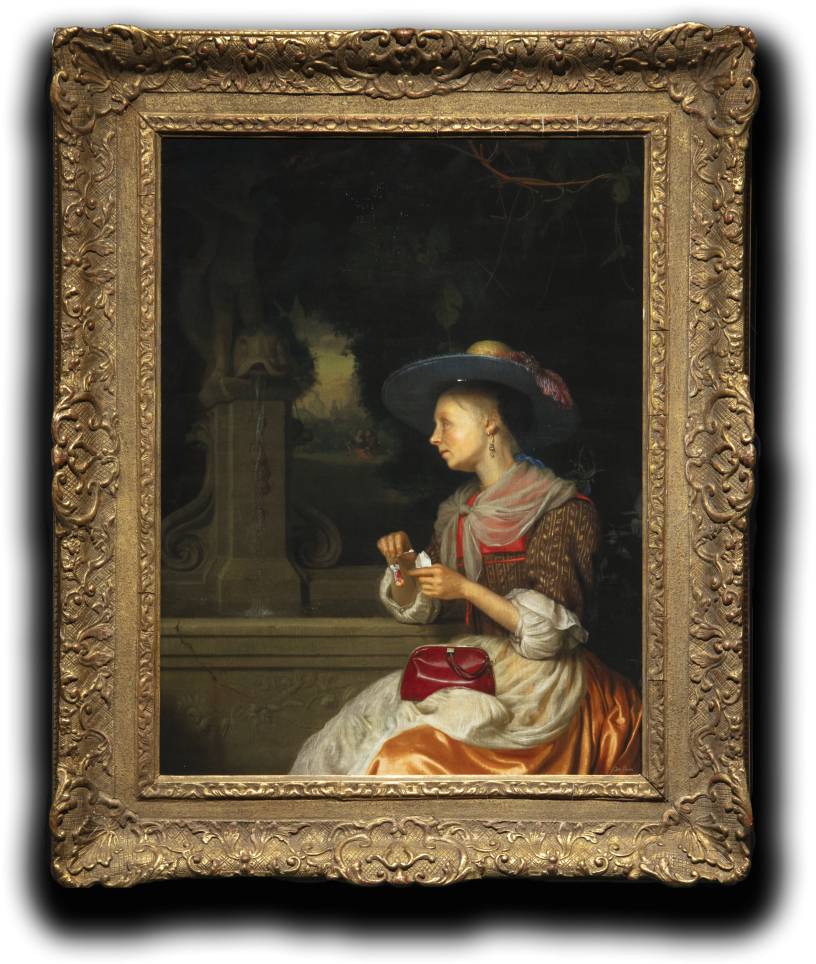
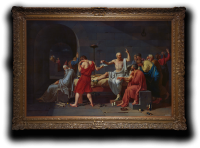
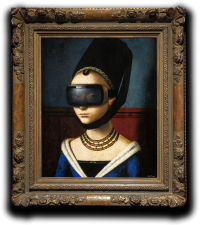
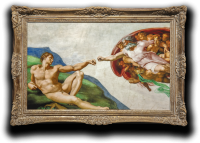

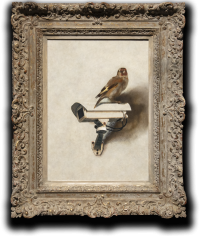
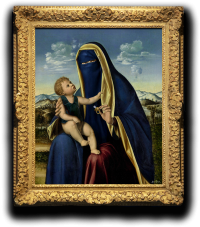
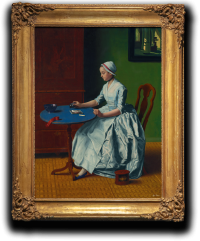

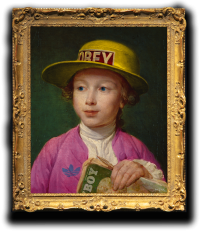
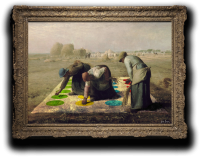
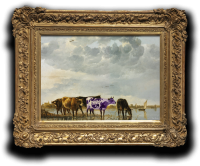
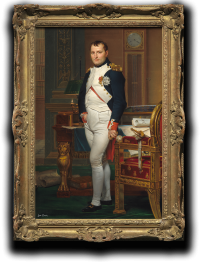
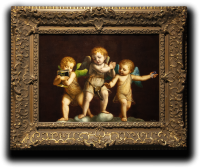
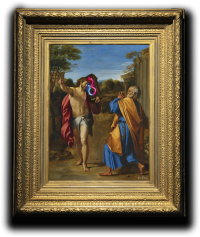
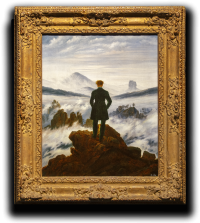
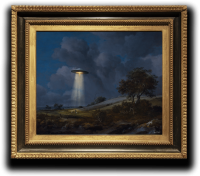



























In David’s original, Socrates calmly accepts his death sentence by drinking hemlock. Finch transforms this solemn act into an irreverent celebration, declaring: let the party go on. Plato, traditionally barefoot, is here the only figure wearing Nike sneakers, boldly raising his middle finger toward the afterlife. Among the students, one wears DJ headphones, another drinks vodka, further collapsing antiquity into the visual language of modern nightlife. More than a mere satire, the work recalls Plato’s Phaedo, where Socrates confronts death while consoling his followers. For Finch, the scene becomes a metaphor for the death drive: Socrates does not simply die, he transforms his fate into continuation. Poppers scattered at Plato’s feet recall The Symposium, where eros is described as a ladder to divine beauty. Through this collision of classical philosophy, queer undertones, and party culture, The Afterlife Party refuses finality, asserting joy as resistance to authority and mortality.